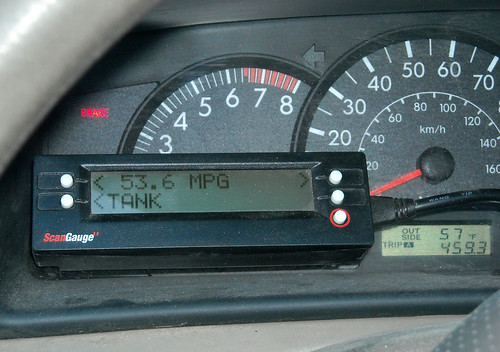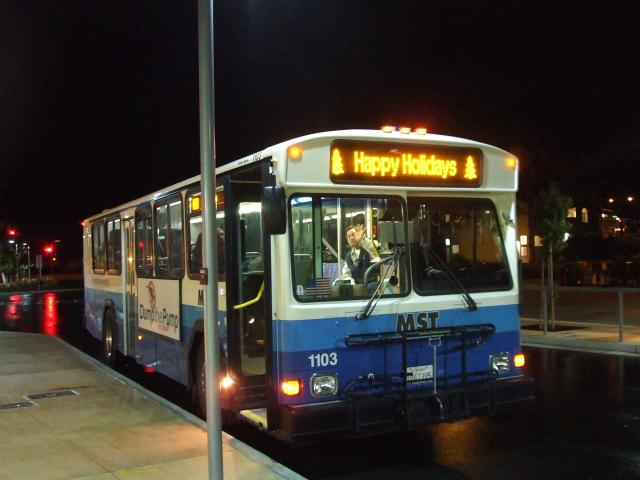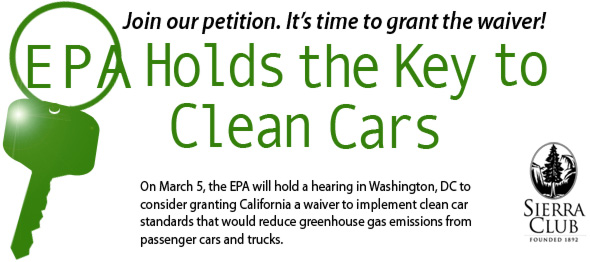California may drop CO2 waiver request if national standard implemented
(Source: Autobloggreen)
California Air Resource Board chairwoman Mary Nichols told an EPA hearing last week that the state would consider withdrawing its request for a waiver allowing it to regulate carbon dioxide. Before that happens though a national standard needs to be put in place. If such a standard were estab lished it would make automakers much happier. Currently, 13 other states have adopted the proposed California mandate. The problem is that the California rule establishes average CO2 emissions requirements for an automaker’s entire fleet, much like CAFE does for fuel economy.
lished it would make automakers much happier. Currently, 13 other states have adopted the proposed California mandate. The problem is that the California rule establishes average CO2 emissions requirements for an automaker’s entire fleet, much like CAFE does for fuel economy.
With CAFE, the entire sales volume for an automaker is averaged across the country. If CO2 is regulated at the state level, even though each state has the same standard, automakers have different sales mixes in different states. An average would have to be calculated for the sales in each state. In states more where a greater number of larger, heavier emitting vehicles are sold, automakers may have difficulty meeting the averages while sales in other states where more smaller cars are sold could not be used to offset those. 
Click here to read the entire article. (Video: Mary Nichols, talking about fuuture of climate regulation)


 The low-carbon fuel standard, if approved next month by the state’s
The low-carbon fuel standard, if approved next month by the state’s 



